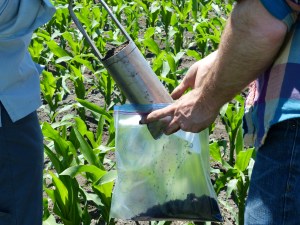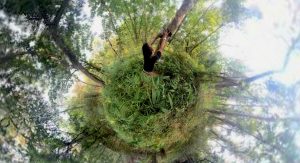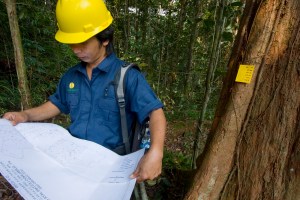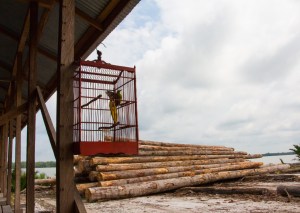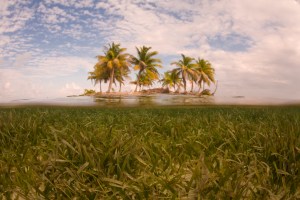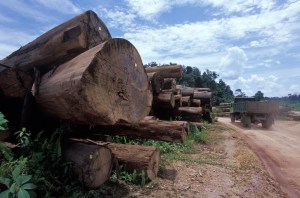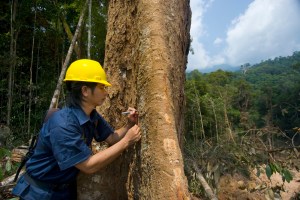Discover stories in Carbon
Tropics Offer Major Natural Climate Solutions Opportunity
New research identifies tropical countries where targeted investment can have the greatest impact on reducing global emissions in the short term.
Biodiverse Forests Capture Carbon Better Than Plantations
New science shows that diverse natural forests with a mix of tree species provide more stable and reliable carbon capture than monoculture plantations in the long run.
Soil Carbon: Complexity, Context + A Way Forward
Researchers highlight agreements and uncertainties around soil carbon and argue that “action can happen despite unanswered scientific questions.”
How Much Does It Cost to Save Tropical Forests and Prevent Climate Change?
New research directly compares, for the first time, how much carbon dioxide could be removed from the atmosphere by both tropical reforestation and deforestation.
Seeing the Forest for Its Carbon Storage
In Maine, carbon offsets markets provide a new revenue stream to keep forestlands as forestlands.
Deciding the Fate of Myanmar’s Forests
After decades of overharvesting, Myanmar’s forests teak are at a crisis point. But with recent political change comes great opportunity.
What If All Maps Were Secret?
Conservationists, governments, and everyday people depend upon maps every day. But we always assume that these maps will be available. In Indonesia, that hasn’t always been true.
Modeling Logging’s Impacts on Biodiversity & Carbon in a Hypothetical Forest
New research from Nature Conservancy scientists indicates that low-intensity selective logging offers both the best and worst conservation outcomes while maintaining wood production, depending on both land tenure security and the use of certified reduced-impact logging methods.
Which Sources of Blue Carbon Measure Up to the Mitigation Challenge?
New research shows that coastal habitats — mangrove forests, tidal marshes, and seagrass meadows — have the most potential amongst marine systems to act as long-term carbon sequestration solutions.
Can Grasslands, The Ecosystem Underdog, Play an Underground Role in Climate Solutions?
What role can grasslands play in climate change solutions? The answer is in the roots.
Mapping Reduced-Impact Logging with Lidar
Nature Conservancy scientists are using lidar ⎯ light pulses beamed down from airplanes ⎯ to map reduced-impact logging in Indonesia.
Calculating Uncertainty in the Forest Carbon Equation
New research from Conservancy scientists provides a more accurate estimate of forest carbon in Indonesia.


